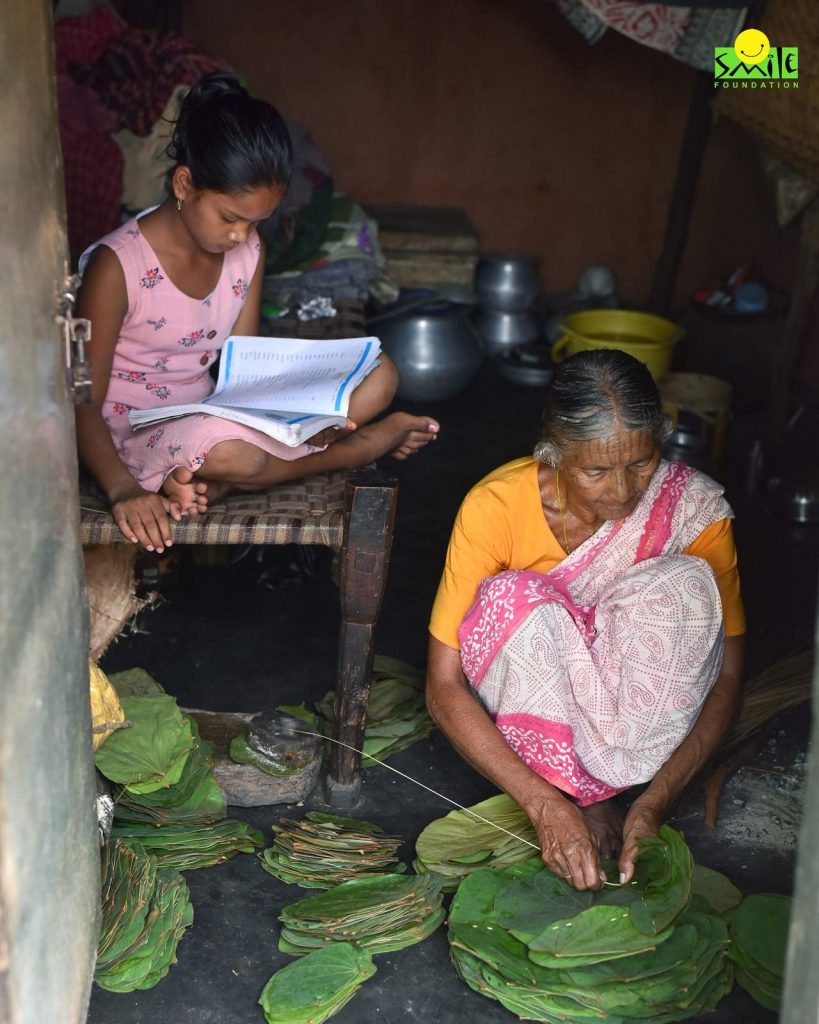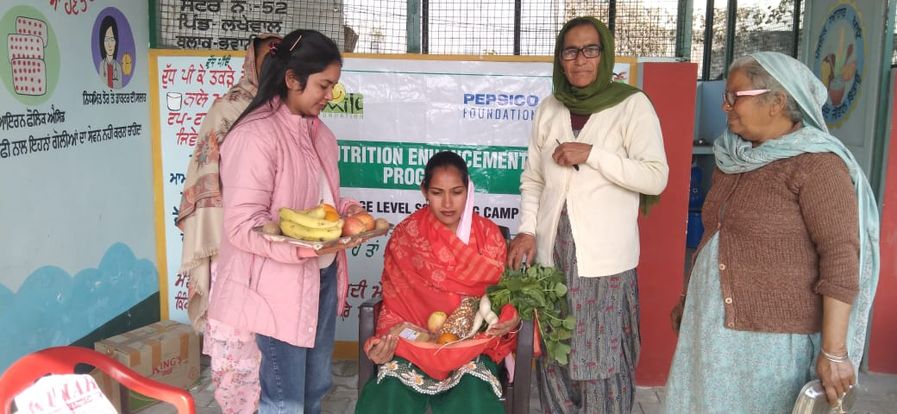A language is a powerful tool that enables you to express your thoughts and emotions. It serves as a medium of communication that connects you with the people around you. It is the foundation of human interaction and understanding. Since we are born, we absorb language like a sponge, which shapes our thoughts, emotions, and interactions. For most of us, our first language, which we learn at home from our parents and caregivers, holds a special place in our hearts.
When a child is born, it hears voices from all around, mainly in its native language, which becomes its first language. A mother is a child’s first teacher because the child spends most of its early years with her. The child finds comfort in the language that allows it to convey its thoughts to people around it. The child’s first words are generally in that very language, allowing them to grasp better as they naturally get a grip of the language as soon as they start speaking fluently. But what are the benefits of getting your core education in your first language?
Better understanding and academic development
When children learn in their first language, they build a solid foundation. Concepts become clearer, and comprehension deepens. Here’s how:
- When children learn in their mother tongue, they grasp ideas more intuitively. They can focus on understanding rather than decoding words.
- Children who learn in their first language develop a broader lexicon. This linguistic wealth extends to other subjects, making academic success more attainable.
- Research consistently shows that students who receive early education in their native language score better on standardized tests and exhibit greater confidence.
Language as an identity
Language isn’t just about words; it’s about culture, heritage, and identity.
- Using the mother tongue provides emotional comfort to the children as they can express themselves better and also feel a sense of belonging.
- By learning their first language, children connect with their cultural roots which preserves culture in the long run. They understand folklore, songs, and rituals that shape their identity.
Lifelong Learning and Multilingualism
A strong foundation in the first language sets the stage for lifelong learning:
- When children learn to read, write, and think critically in their mother tongue, these skills transfer to other languages. They become better equipped to learn additional languages, fostering multilingualism.
- Children who feel confident in their first language are more likely to explore other languages and cultures and navigate a globalized world with ease.
Improves parental involvement
Parents play a crucial role in education. However, not all parents are fluent in the dominant languages which creates a gap between the child’s education and the parents. When children learn in their first language:
- Parents can actively engage in their child’s learning process. They can read bedtime stories, discuss concepts, and reinforce learning at home.
- A child’s first language bridges the gap between home and school. When parents and teachers collaborate, the child benefits from a holistic learning experience.
Contributes to community welfare
Promoting first-language education helps different communities develop and gain opportunities:
- Recognizing and valuing diverse languages ensures no child feels excluded. In multilingual societies, schools should celebrate linguistic diversity.
- When communities advocate for first-language education, they empower future generations. Language becomes a tool for social mobility and empowerment.
Challenges and Hindrances in Learning in Your First Language
Learning one’s first language is a fundamental right and a critical factor in educational success. However, ensuring effective education in the mother tongue presents several challenges.
- Balancing the need for standardized curricula with linguistic diversity is challenging. Creating uniform educational materials across languages and finding teachers proficient in various local languages requires substantial resources.
- Some languages are considered prestigious, while others are marginalized. Also, globalization and job markets emphasize English proficiency. This is why, parents often prioritize education in dominant languages, assuming it leads to better opportunities.
- As students progress, they transition to the national language (often English) which can strain cognitive resources, affecting comprehension and retention.
- Teaching technical subjects (science, mathematics) in local languages can be challenging due to limited specialized vocabulary. The lack of advanced terminology in local languages hinders higher education options.
- Developing fair assessment tools across languages is challenging. Standardized tests may not accurately measure learning outcomes which makes comparability difficult.
Nonprofits and their role in it
Development organizations have a significant impact on advancing education, especially in providing learning in students’ first languages in remote locations. There are several ways in which nonprofits make a difference.
Firstly, they improve accessibility by making the best use of available resources and providing education with minimal resources. Secondly, they collaborate with locals and communities to implement initiatives. Thirdly, they raise awareness about common community issues, helping them reach the masses. Their positive impact often influences decision-makers and government authorities to take substantial steps.
Nonprofits are supported by various institutions and corporations, which enables them to pioneer innovative teaching methods that resonate with students. They also hire teachers from the same community as the students, promoting using the first language and broadening the learning curve. Additionally, nonprofits participate in research and document best practices for societal welfare.
Smile Foundation’s Mission Education learning centers provide need-based learning to communities in remote locations, reaching out to the masses and contributing to the advancement of education.
Conclusion
Learning in your first language is not just about words on a page – it is about nurturing minds, hearts, and identities. As educators, parents, and policymakers, let us champion the power of language diversity. When children learn in their mother tongue, they embark on a journey of discovery, empathy, and lifelong success.









